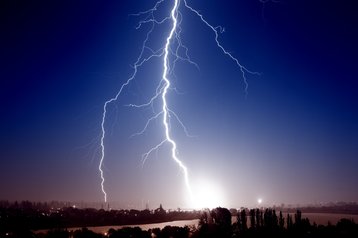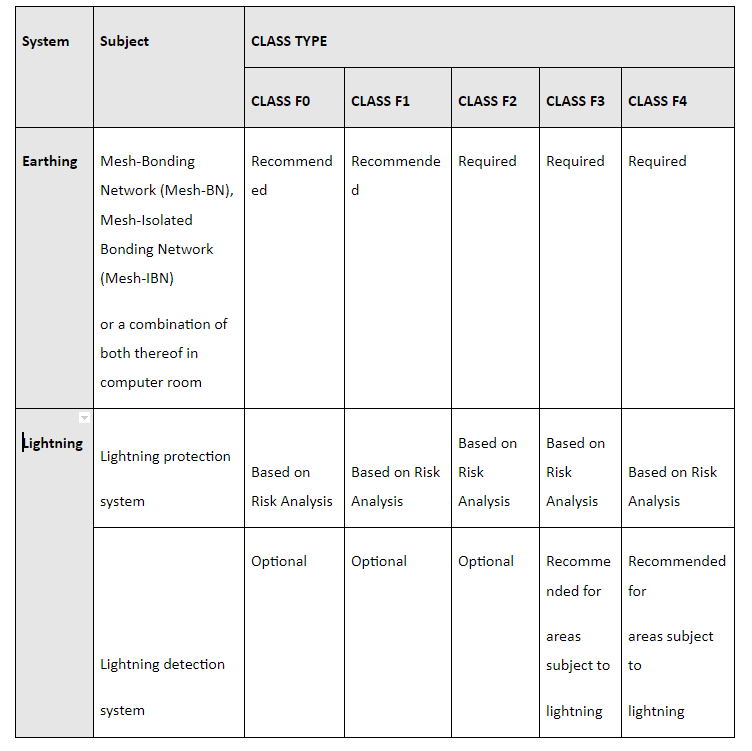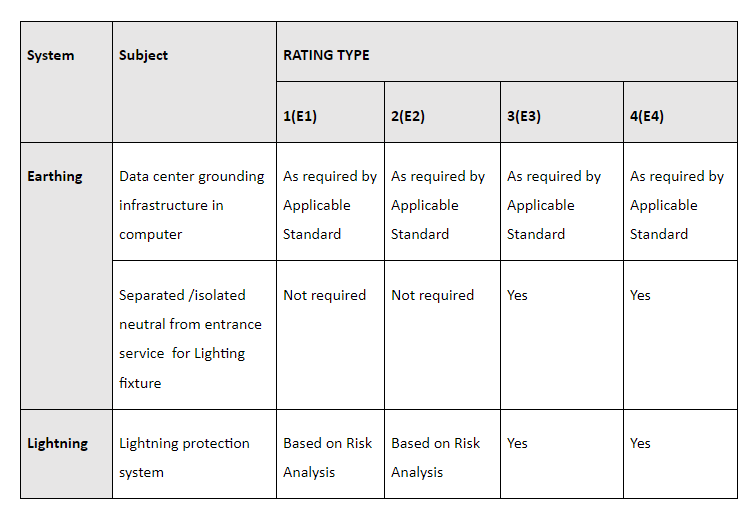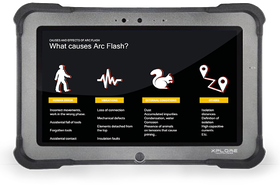Lightning strike incidents have long been a concern in the data center industry. To help reduce downtime and the loss of human life, coordinated earthing and lightning protection systems are a critical component for the protection of the building envelope and its contents along with human life from a lightning strike.
The comprehensive electrical protection required for the facility is achieved using a system approach to integrate lightning protection, overvoltage, surge suppression, bonding, earthing and electromagnetic shielding. Mission-critical data center design, consistent power supply and the reliability of the electrical supplies are all key components for the avoidance of operational downtime.
Design components of a mission critical facility
Before conducting a strike risk assessment study, a lightning protection engineer must consider the methods available to reduce any risks that are inherent to a data center building. For instance, the outdoor supply cables of a data center are most preferable underground to overhead feeders as this minimizes the cables' exposure to lightning, trees, traffic accidents and vandalism.
Design practice does not always receive its due attention and can be overshadowed by impressive critical power systems when designing data centers. However, early engagement with an earthing and lightning protection system specialist is crucial during the pre-construction phase of a data center development. Earthing and lightning protection systems must be designed under local and international system standards and installed by certified specialists.
Key technical components for avoidance of mission critical downtime
A reliable source of electric power is required to ensure the efficient operation of information technology equipment within a data center, thus this must be given key consideration during the data center design phase. Continuity and quality are also essential to the design. When considered in tandem, data center engineers must consider the four key technical concerns:
- System availability
- System reliability
- Use of uninterruptible power supply (UPS) with different configurations
- Redundancy in power distribution network (PDN)
Paying close attention to these technical concerns, the design engineer must then evaluate to what extent system availability and redundancy are required.
In advance of the design phase the engineer must understand the class and rating system required for the mission-critical facility. Outlined in the data center standards, the amount of availability and redundancy are addressed in categories recognized as a ‘Class’ or ‘Ratings‘. Class categories include F0, F1, F2, F3, F4 and rating categories include;
- I Data Center: Basic,
- II Data Center: Redundant Component,
- Ill Data Center: Concurrently Maintainable and
- IV Data Center: Fault-Tolerant.
Each Class or Rating refers to certain requirements for availability and redundancy. When trying to gauge what is the best design configuration of UPS, the selection is normally specified in regards to the required system availability based on a specific class or rating and the upstream power distribution networks. Lightning protection and earthing system refers to equipment or partial system availability at first and ultimately the reliability of the whole system.
The general demands in a standard earthing and lightning protection system have been extracted from standards TIA 942-A and BICSI 002, which in data centers are defined by class type F0, F1, F2, F3, F4 and rating type E1, E2, E3 and E4. There are strict requirements about earthing and lightning systems and the below classes and ratings relate to high levels of system availability and power redundancy.
The following tables have been extracted from the standards TIA 942-A and BICSI 002 to demonstrate the requirements of earthing and lightning protection systems in data centers, regarding Class (Fig 1) and Rating (Fig 2). .
Surge over voltage protection importance
A common misconception that exists with data center design is that lightning protection systems are only installed as several air terminals on the roof of a mission-critical facility. However, the contrary is true, various protective measures contribute towards complete protection against lightning strikes. For instance, utilizing surge protection devices (SPDs), shielding effectiveness methods, etc. coordinate efficiently to ensure the full building envelope protection.
In the majority of data centers, employing SPDs has the same importance as external lightning protection systems, in some circumstances even more important than external lightning protection. SPDs offer two benefits for high-availability facilities. The first is that SPDs are an integral part of the lightning protection system for the facility. The second is voltage transient mitigation.
Conclusion
Designing according to earthing and lighting system standards could enhance availability and instil confidence that equipment will operate efficiently and for their intended use, ensuring operational excellence for the building owner. The main factors for reducing downtime are electrical distribution characteristics and the amount of system redundancy. Furthermore, SPDs are a crucial component within the lightning protection system to gain greater system availability.







